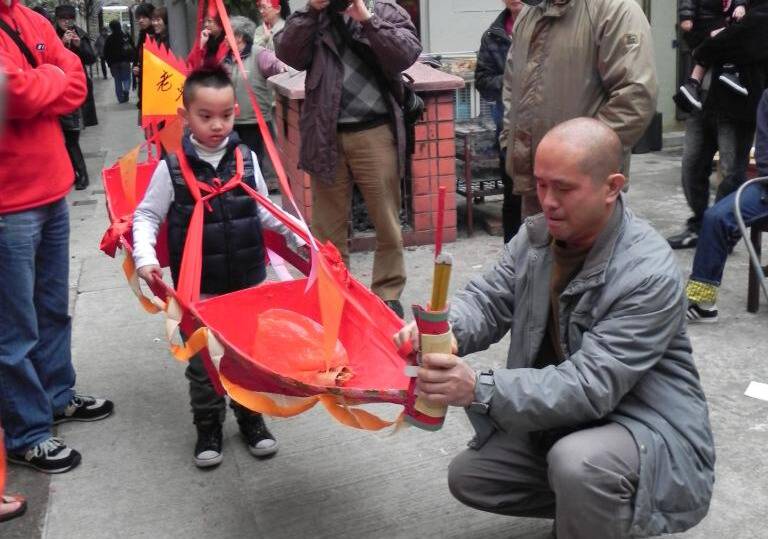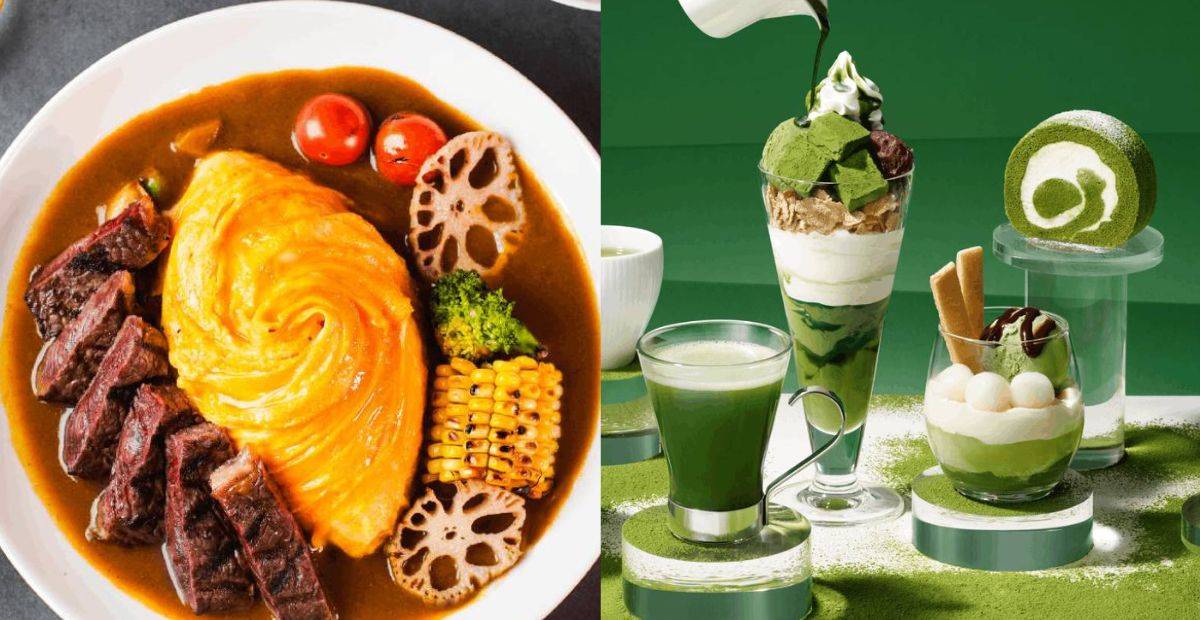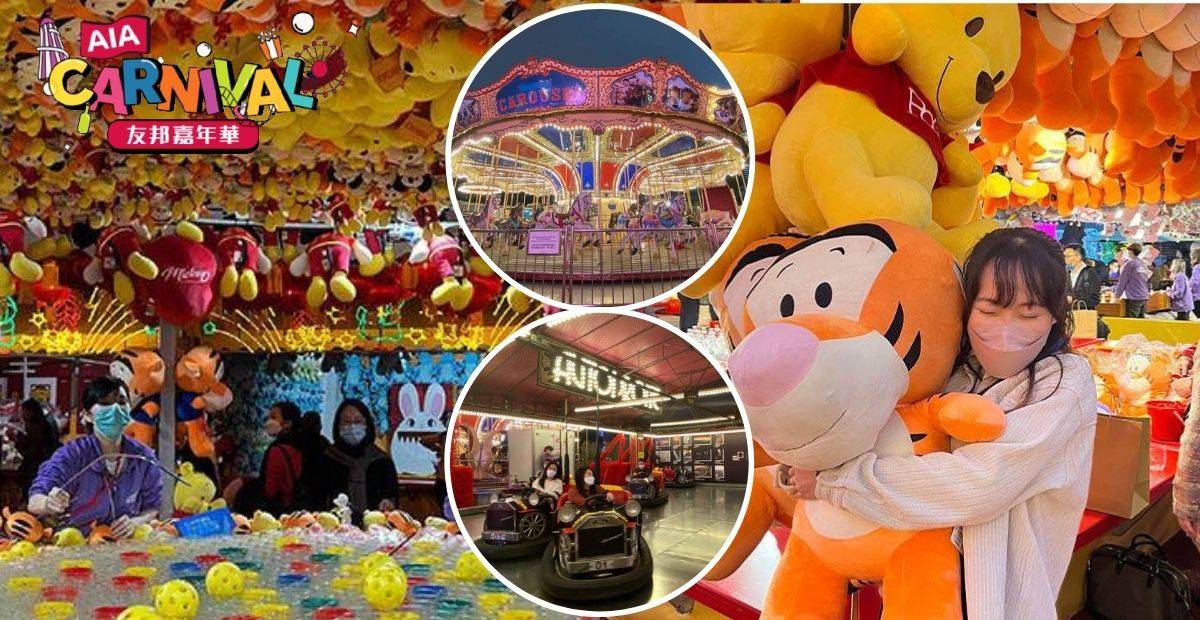Pa Tin Gei in Hong Kong: Tradition, Symbolism, and Cultural Heritage
Pa Tin Gei
Pa Tin Gei| Areas
Pa Tin Gei| Date
Pa Tin Gei| Historical evolution
Pa Tin Gei| Events
Pa Tin Gei| Areas
New Territories
Pa Tin Gei| Date
The 19thday of the first lunar month
Pa Tin Gei| Historical evolution
“Pa Tin Gei” (also known as “Pa Tin Kei”) is a traditional custom in some villages in the New Territories of Hong Kong. The records of “Tin Kei” (secrets of heaven) and related customs can be found in the “Dongguan County Annals” during the Ming dynasty and the “Xin’an County Annals” during the Qing dynasty.
The “Dongguan County Annals” state, “On the 19th day of the first lunar month, it is commonly known as ‘Tin Kei Lai Bai.’ Peach branches are inserted at doorways to ward off evil spirits.” In addition, the Xin’an County Annals provide more specific descriptions of “Tin Kei Lai Bai” and related customs: “The 19th day is called ‘Tin Kei,’ and the 20th day is called ‘Lai Bai.’ Villagers make paper boats to send away misfortune. The host places peanuts inside the boat and sends it outside town. Afterward, garlic cloves are hung on peach branches at doorways to ward off evil spirits.”
From this, it can be seen that during the Ming and Qing dynasties, there were already folk customs in Guangdong province where paper boats were used to send away misfortune on the 19th day of Lunar New Year, followed by hanging peach branches with garlic cloves at doorways to ward off evil spirits.
The Pa Tin Gei customs in some villages have also changed over time. For example, in the past, “Tin Gei ships” were made from grass while now they are made from paper.
Pa Tin Gei| Events
On the third day of the lunar calendar, there are flower plaques outside the temple to celebrate Man Cheong festival. Inside the temple, incense and various prayer items are sold, mainly stationery and ribbons. Devotees come to pray to Man Cheong and some buy prayer ribbons with their names and wishes written on them, which they hang on a wooden rack in the temple. Most devotees touch the copper pen in front of Man Cheong’s statue hoping for blessings.
Using the example of 2010’s celebration at Man Cheong Temple in Sheung Wan, there were many offerings such as incense, candles, and various sacred items placed before Man Cheong’s altar for burning. Some devotees returned red envelopes to Man Cheong while others took them home for their children as protection. In addition to common offerings like fruits and pastries, there were also onions and celery symbolizing intelligence and diligence. Some offerings were prepared in sets of six representing endless abundance. These offerings would be taken home after worshiping to share with family members.
Some devotees worship Man Cheong in different ways. Elderly women refer to their grandchildren as “flower boys” or “flower girls” while stating their birth year, praying for academic progress. Other devotees bring stationery, books, fans, handbooks, red paper strips or academic transcripts which they take back after worshiping as a way to seek smooth writing skills and success in studies.
What is the significance of the “Pa Tin Gei” ritual?
The “Pa Tin Gei” ritual is a traditional ceremony in the New Territories of Hong Kong. It involves using a paper boat called “Tin Gei” to gather items that represent impurity, such as paper offerings and joss sticks…More Details
When does the “Pa Tin Gei” ritual take place?
The “Pa Tin Gei” ritual takes place on the 19th day of the first lunar month.More Details








